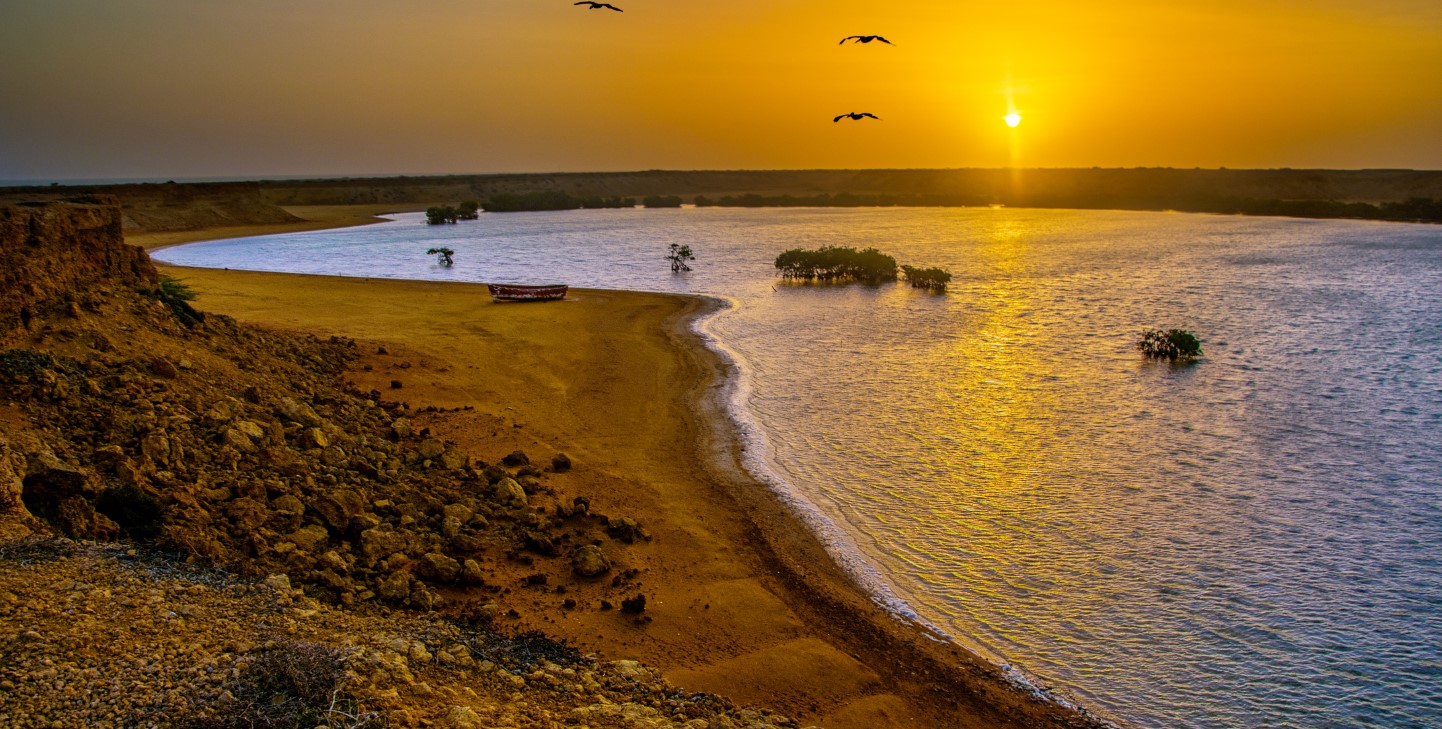Discover Raja Ampat, Indonesia's diving paradise in the Coral Triangle. Explore rich marine life, pristine waters and unique dive sites like Misool and Cape Kri.
GVI
Posted: July 10, 2024

Petrina Darrah
Posted: May 21, 2023
Costa Rica is a small but breathtaking country located in Central America. It is known for its lush forests, stunning beaches, and rich biodiversity. The country is home to many different species of plants and animals, including several that have the unique ability to produce bioluminescence. Bioluminescence is a fascinating phenomenon that occurs when living organisms emit light. In this article, we will explore the bioluminescence found in Costa Rica and the best ways to experience it firsthand.
Bioluminescence is the production and emission of light by a living organism. This occurs through a chemical reaction that involves a molecule called luciferin and an enzyme called luciferase. When these two substances combine, they create light. This phenomenon is found in many different species, including bacteria, fungi, insects, and marine creatures.
Costa Rica is known for being a biodiversity hotspot, with a variety of ecosystems that support a wide range of flora and fauna. This makes it an ideal location for observing bioluminescence in action. The country’s tropical rainforests, mangrove swamps, and coastal waters are home to many different bioluminescent organisms.
One of the most well-known bioluminescent organisms found in Costa Rica is the firefly. Fireflies are commonly seen at night in the forests and fields throughout the country. These small beetles produce a bright yellow-green light that can be seen from a distance.
Another bioluminescent organism found in Costa Rica is the click beetle. These insects emit a bluish-green light that is often mistaken for fireflies. Click beetles are common in the forests of Costa Rica, and they can be seen flashing their lights at night.
The oceans surrounding Costa Rica are also home to many bioluminescent organisms. One of the most well-known is the dinoflagellate, a type of plankton that emits a bright blue light when disturbed. This creates a spectacular display of blue sparks in the water, known as bioluminescent waves.

If you want to experience bioluminescence in Costa Rica, there are several great places to visit. Bioluminescent bays and beaches are some of the most popular locations. These bays and beaches are home to a variety of bioluminescent organisms that produce stunning displays of light when the water is disturbed.
One of the most famous bioluminescent bays in Costa Rica is the Golfo Dulce. This bay is located on the country’s Pacific coast and is home to a variety of bioluminescent plankton. Visitors can take a night tour of the bay to see the plankton in action, creating a sparkling display of blue light.
The Nicoya Peninsula is another great location for observing bioluminescence in Costa Rica. The peninsula is home to several beaches that are known for their bioluminescent plankton. Visitors can take a night tour of the beaches to see the plankton in action.
Rainforest tours are also a great way to see bioluminescence in Costa Rica. Many of the country’s rainforest ecosystems are home to fireflies and other bioluminescent organisms. Visitors can take a night hike through the forest to see these creatures in action.
Offshore night tours are another great way to experience bioluminescence in Costa Rica. These tours take visitors out into the ocean to observe the bioluminescent plankton in the water. The sparkling blue lights create a breathtaking display that is truly unforgettable.
It is important to remember that bioluminescent organisms are living organisms and that their habitats should be treated with respect. It is essential to practise responsible tourism when observing bioluminescence in Costa Rica. Here are some tips to help you do so:
In addition to practising responsible tourism, it is also important to consider the impact that tourism can have on bioluminescence in Costa Rica. The increased traffic and pollution from tourism can have a negative impact on the organisms and their habitats. It is essential to prioritise conservation efforts to protect these unique creatures.
If you are looking for a more immersive way to discover the natural wonders of Costa Rica, consider volunteering with GVI.
GVI’s programs in Costa Rica include conservation work in the country’s rainforests, where you can assist with research on biodiversity, habitat restoration, and animal behaviour, as well as community based volunteering programs.
Volunteering with GVI in Costa Rica is not only an opportunity to experience the country’s natural wonders, but also to contribute to their conservation and protection. Through hands-on work with local organisations and communities, volunteers can make a meaningful impact and help preserve the beauty of Costa Rica for future generations to enjoy.
Bioluminescence is a natural wonder that can be observed in various ecosystems around the world. Costa Rica is an excellent destination for observing bioluminescence due to its diverse flora and fauna. Visitors can witness the spectacular displays of light created by fireflies, click beetles, and bioluminescent plankton in the country’s bays, beaches, rainforests, and oceans.
However, it is important to remember to practise responsible tourism when visiting these areas. By doing so, we can help preserve the bioluminescent organisms and their habitats for future generations to enjoy. Costa Rica’s bioluminescence is a beautiful and awe-inspiring sight, and we should do all that we can to ensure that it remains that way.
By Petrina Darrah

Discover Raja Ampat, Indonesia's diving paradise in the Coral Triangle. Explore rich marine life, pristine waters and unique dive sites like Misool and Cape Kri.
GVI
Posted: July 10, 2024